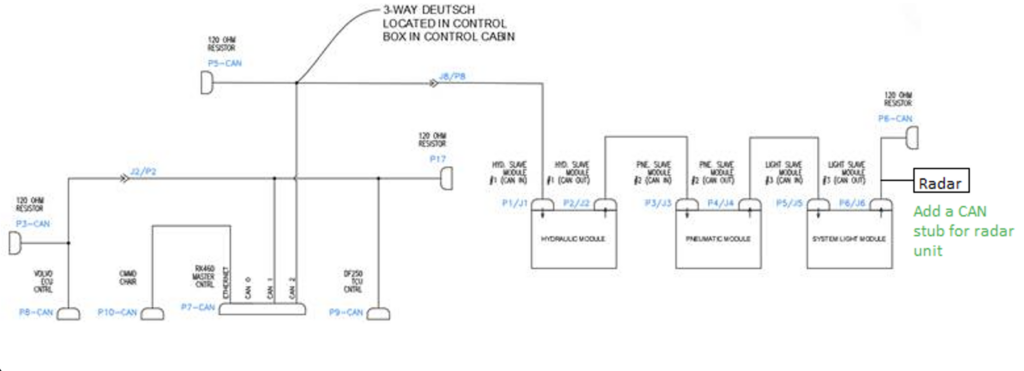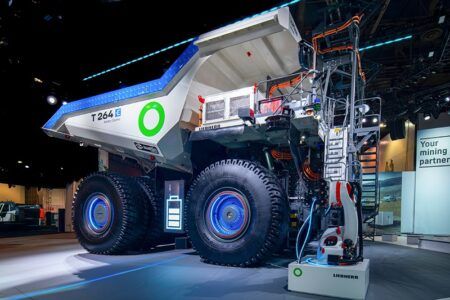Powell Agricultural Solutions has released its dual beam radar, a ground speed sensor that uses a concentrated millimetre wave radar signal and the proven Doppler (frequency shift) principle to accurately measure true ground speed.
Two completely independent beams operate 90 degrees from each other which reduces the impact of mounting angle on signal power and accuracy. A self-compensating feature maintains accuracy over varied surfaces eliminating the need for calibrating. Operational control speed output on the radar has been designed to interface with multiple user devices including part numbers PAS90212659 (+12V, 1.2W) for North America, PAS90212662 (+12V, 0.1W) for Europe and PAS90212666 (+24V, 1.2W) for North America Radar Enclosure.
A completely sealed unit can be submerged underwater. The metal housing enhances the ESD performance, and acts as a heat sink for the transceivers. The Dual Beam Radar’s design is CAN (Controller Area Network) based. CAN allows data to be transmitted to all controllers simultaneously. Vehicle direction is also determined and can be transmitted per ISO CAN standards. Transceivers and sensor can be disabled during operation. As well as providing the associated diagnostic capabilities.

ABOVE: Example of the implementation. Based on the diagram it seems like the harnessing from system light module connector J6 to the 120 ohm resistor could be modified to add a CAN stub for the radar unit
Two completely independent radar beams, 90 degrees from each other, are emitted from an antenna in each horn making the radar highly accurate. Having two sources of speed measurement reduces dropouts if cellular systems and GPS are out of reach. While this signal is useful for the information displays, it also enables closed-loop control systems, such as variable rate application techniques, and intelligent vehicle driveline management. A reliable true ground speed signal will also support emerging autonomous vehicle concepts.
The dual beam radar has passed the full spectrum of tests specified in the ASAE EP-455 Standard for electronics on mobile equipment including temperature, vibration, moisture, dust, electrical, and electromagnetic compatibility (EMC) tests. The unit also meets the requirements of the R&TTE directive and is CE compliant.
For adding the radar unit to a CAN bus like this Powell would typically add a CAN stub to the main CAN bus. The 10 pin connector does not support a way to add termination to the CAN bus.





